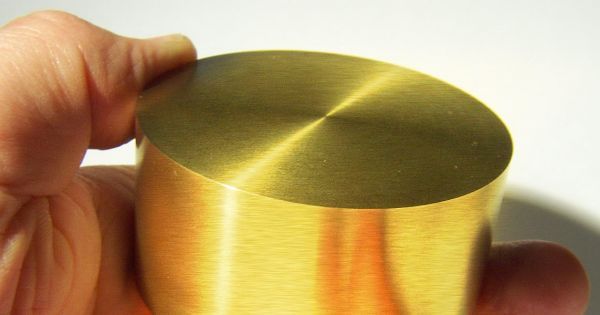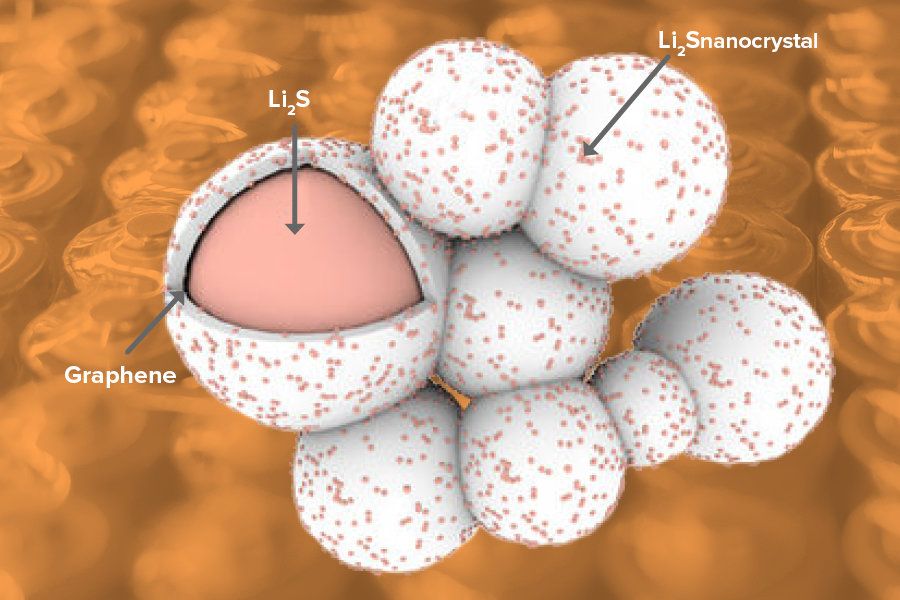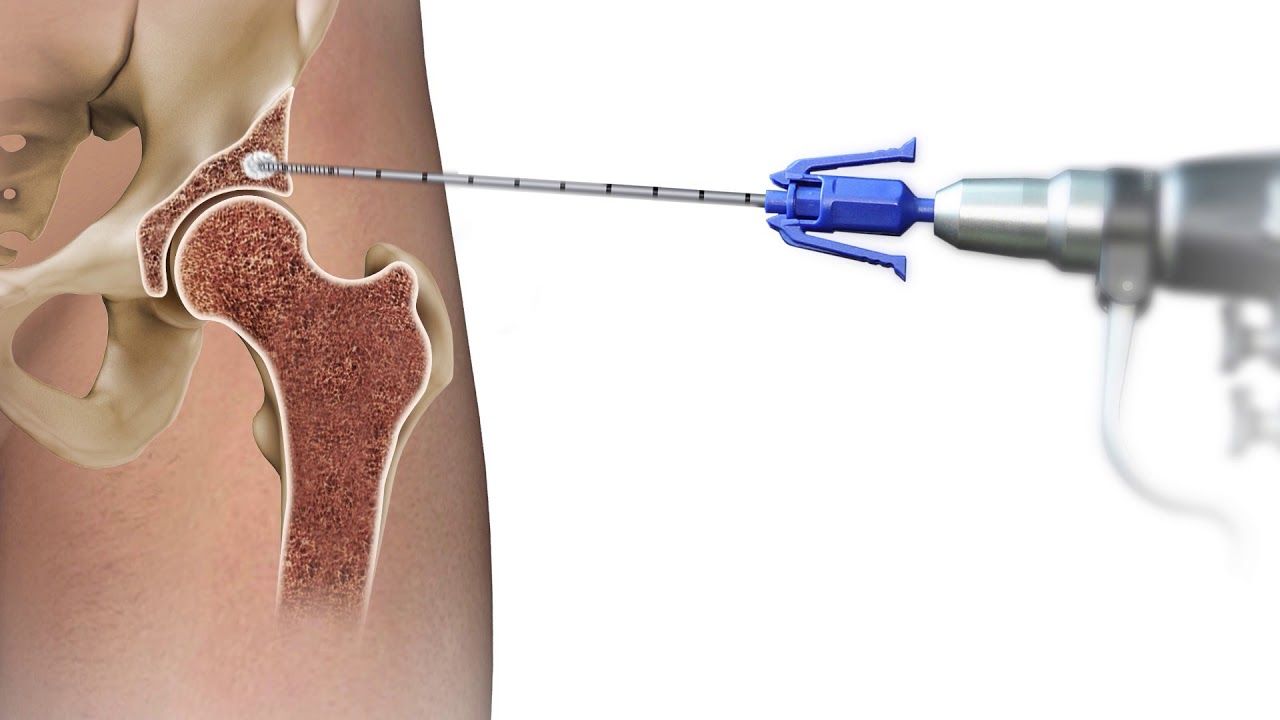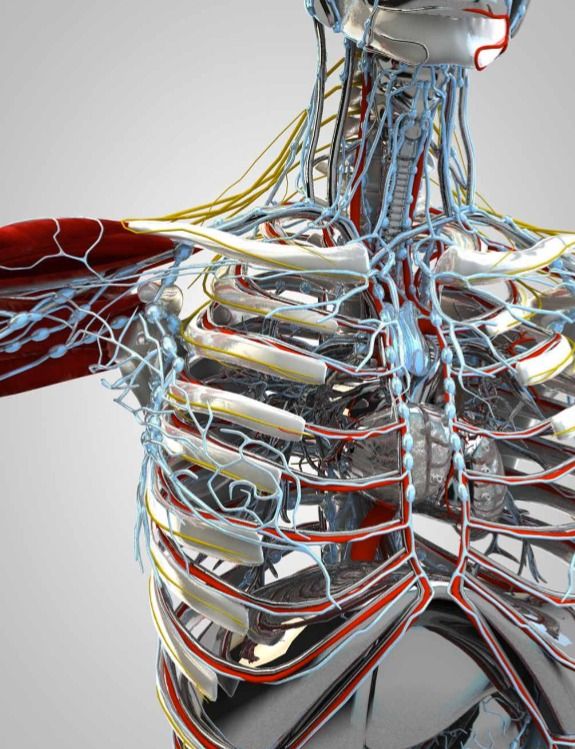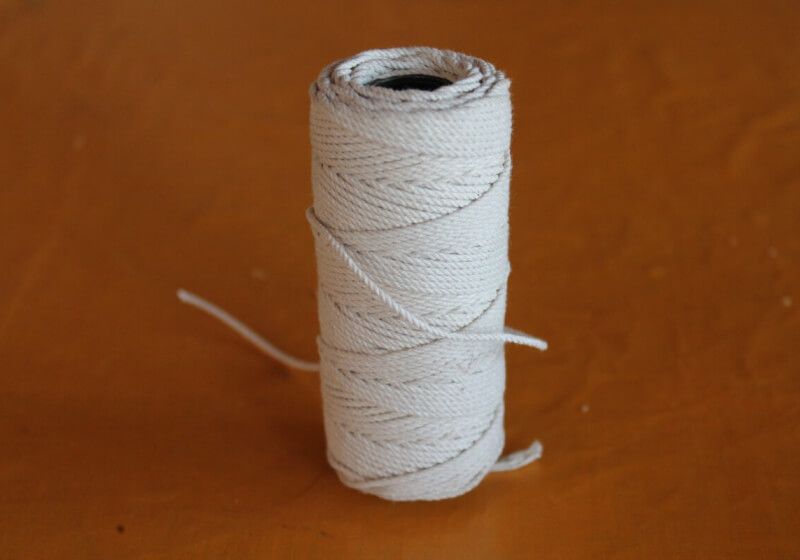Jan 1, 2018
Titanium-Gold Alloy: Physicists Combine Gold with Titanium And Quadruple Its Strength
Posted by Shailesh Prasad in categories: biotech/medical, materials
Scientists from Rice University have discovered a titanium alloy that’s better than titanium at being a medical implant, and it is four times harder than titanium and a vast majority of steels.
When it comes to bone replacements, the go-to material is still titanium. Hard, wear-resistant, and compatible to the body, titanium looks like the best alternative to actual bone, maybe even better. Who knew that you could improve the ‘gold standard’ by just adding actual gold?
